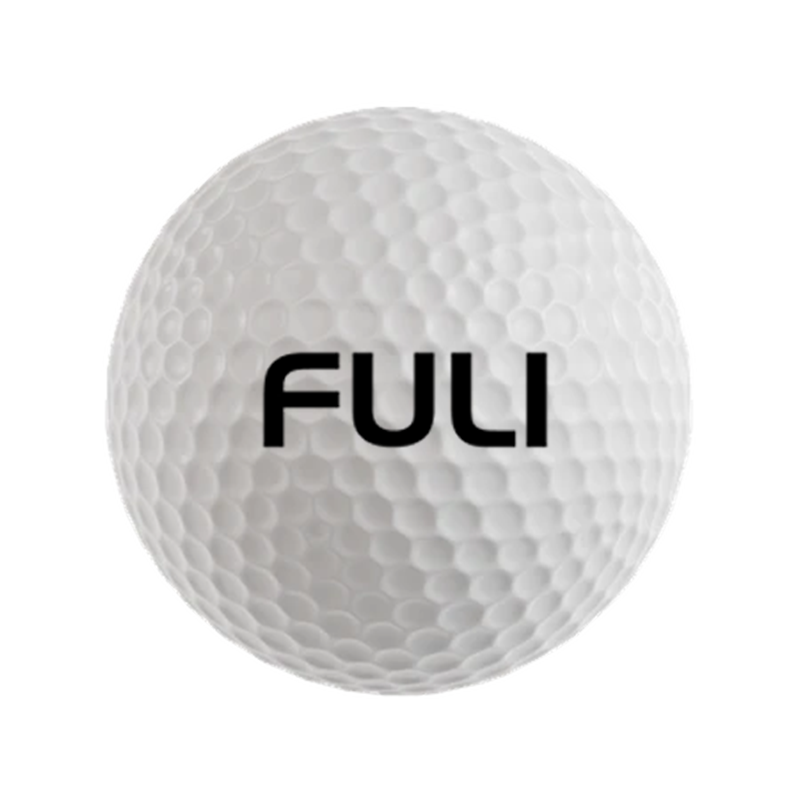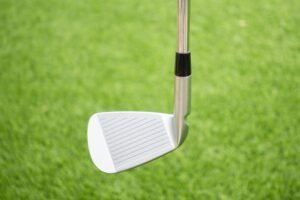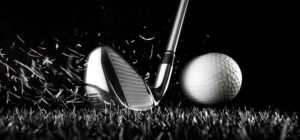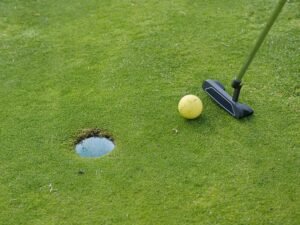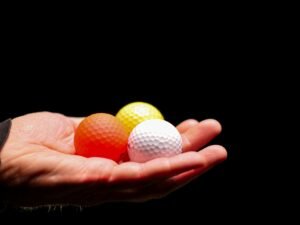
I hope you enjoy reading this blog post.
If you are looking professional golf manufacturer.
What Is The Standard Of Modern Golf Ball Hardness Classification
May 14, 2025
In the golf equipment system, the golf ball is the core element. Its hardness classification has a significant influence on the player’s batting performance. However, it is different from the Mohs hardness known to the public and widely used in the determination of mineral hardness. The field of golf ball hardness does not exist a similar, recognized and universally applicable authoritative standard.
At present, the hardness of golf balls mainly depends on the compression rate to be roughly classified. At the same time, the material characteristics of the ball and the internal structure and other elements. It also plays a critical role in the formation of hardness. With the continuous deepening of golf research, with the support of a large number of professional data. The complex and delicate relationship between the hardness of the golf ball and the distance of the ball is also becoming clear to the public.
Classification Of Hardness Based On Compressibility
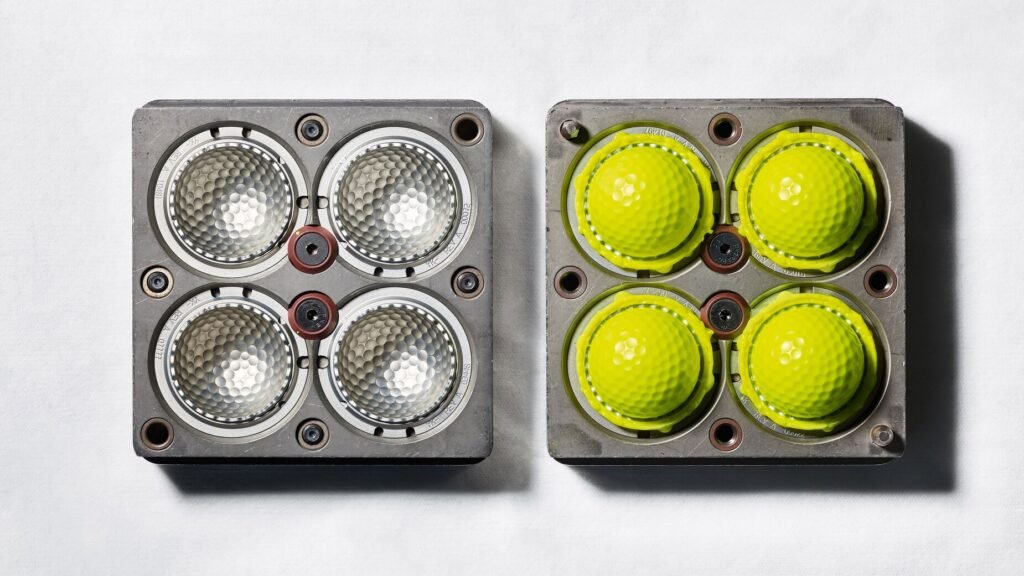
As a key index reflecting the hardness of the golf ball, the compression ratio can show the degree of compression deformation generated by the ball in the moment of impact. According to the important parameter of compression, golf balls can be roughly divided into the following three categories:
Low Compression (Soft Ball)
When the compression rate of a golf ball is in the range of 70 to 90, it is classified as a soft ball. This kind of ball texture is relatively soft, in the player’s swing to hit the moment, the soft ball will occur more significant deformation. Take golf beginners as an example, because they have been in contact with the sport for a short time, the swing is not yet skilled. It is difficult to give the ball a high enough initial speed at the moment of hitting. Numerous professional studies have shown that when a player’s swing speed is less than 25m/s (approximately equivalent to 90km/h). To a certain extent, the choice of soft ball can effectively increase the hitting distance.
In this case, there is a rigorous test. Players in this swing speed range hit the ball with a soft ball. After many times of statistics and analysis of the hit data, it is concluded that the average hit distance can reach 165 meters (about 180 yards). However, once these players switch from soft balls to hard balls, the distance to the ball is significantly shortened.
The reason why soft balls can show such performance advantages is behind a certain mechanical principle. At the moment of hitting, the larger shape variable of the soft ball makes it like an efficient energy storage device, which can better store the power of the ball. It then releases this energy quickly and efficiently, helping the ball to travel longer distances.
At the same time, the soft ball is more soft and comfortable in the hand. So that the player can feel the feedback of the shot more finely with the help of the club when hitting the ball, and the perception of the hitting effect becomes more sensitive. This will undoubtedly help players better judge the batting situation and adjust their batting action in time.
Medium Compressibility
A golf ball with a compression ratio between 90 and 100 is clearly defined as neutral. The ball is a masterful balancer who deftly strikes a near-perfect balance between softness and hardness. For those who have a certain swing speed, and master a certain stroke skills for most amateur players. The neutral ball is undoubtedly their ideal choice on the court.
The relevant data clearly shows that when the player’s swing speed is in the range of 25-33m /s (about 90-120km /h). Choosing a neutral ball can achieve a good balance between hitting distance and hitting control. In a series of real-world test scenarios, players in that swing speed range hit the ball with a neutral ball. Its striking distance is usually stable at 165-192 meters (about 180-210 yards).
Whether in the serving session, the player swings the ball to pursue the distance of the ball. Trying to gain an advantage on the field. When playing short around the green, you need to control exactly where the ball lands and how far it rolls. Neutral balls can rely on their unique performance advantages. Help players to complete the batting operation smoothly and with high quality, and give full play to their own competitive level.
High Compression (Hard Sphere)
The compression ratio of more than 100, some high-end balls can even reach about 120 golf balls belong to the category of hard balls. The hard ball has a high demand on the speed of the player’s swing. Only players with fast enough swing speed can fully exploit and exploit the performance advantages contained in the hard ball. High-level players or professional players after long-term professional training, usually have a strong and stable swing power. The ability to hit the ball with great speed in the moment of hitting.
The study found that when the player’s swing speed exceeded 40m/s (about 145km/h). The advantage of the hard ball in hitting distance will be fully displayed. At this swing speed, the player hits the ball with a hard ball. It can easily reach 244 meters or more (about 270 yards or more). The hard ball can achieve such excellent distance performance. Mainly because of its high hardness when subjected to high-speed, powerful strokes. The degree of compression deformation is relatively small, which can more effectively convert the hitting force into the flight speed of the ball. This allows the ball to travel further in flight.
In addition, the ballistic trajectory of the hard ball is more stable than that of other types of balls throughout the flight. It can greatly reduce the interference of external factors such as wind and airflow on the flight path of the ball. Provide players with a more accurate shot control experience. This precise control ability can strongly assist the player according to the actual situation of the court. Such as terrain fluctuations, wind and wind speed real-time situation, their own tactical arrangements. In the game to carry out a more strategic batting layout, and then occupy a favorable game situation.
The Influence Of Material And Structure On Hardness And Striking Distance

The hardness of the golf ball is not only determined by the single factor of compression, its production material and internal structure also play a crucial role in the formation of hardness. And these factors will indirectly affect the distance of the shot through a series of complex and subtle interaction mechanisms.
Material Aspect
The core of a golf ball is usually made of rubber or other elastic materials, which have their own properties. It will directly affect the elasticity and rebound performance of the ball, and then affect the hitting distance. For example, rubber produced from different formulations can show significant differences in hardness. If the core is made of harder rubber, it can give the ball a higher overall hardness and make the ball bounce faster after hitting the ball.
The outer coating of golf balls is usually made of resin, polymer or other carefully developed composite materials. The role of the outer coating is not only to enhance the wear resistance of the ball, to ensure that it is not damaged in the process of repeated strokes and frequent friction with the field. More importantly, it also has a non-negligible effect on the hardness of the ball. In the field of golf materials research and development, some high-end high-quality external coating materials. While ensuring the flight stability of the ball, it can cleverly adjust the hardness of the whole ball to the player through the special molecular structure design.
There was a special test of golf balls with different cores. Throughout the testing process, the researchers strictly controlled that all other conditions remained exactly the same, and only targeted the replacement of golf balls with different materials. The test results clearly show that under the same swing conditions. Players with a harder rubber core hit the ball 10-15 meters farther on average than those with a softer core. This precise data result shows the significant impact of material factors on the hardness and distance of the golf ball.
Structural Aspect
From the professional perspective of structural design, golf balls are mainly divided into single-layer balls, double-layer balls, three-layer balls and multi-shell balls. The structure of the single-layer ball is relatively simple, usually made of hard rubber. Therefore, in the actual application scenario, it is generally only used for daily basic exercises or batting practice on the driving range. The double-layer ball is the most common and widely used ball on the market. It consists of a relatively large spherical center and a relatively thin shell.
The material chosen for the spherical center and shell, and the combination of their respective thicknesses. Will have a different degree of impact on the hardness of the ball and the distance of the ball. The three-tier ball is usually designed for advanced players and has a more complex structure than the two-tier ball. In the structure of the three-layer ball, the outside of the center of the ball is surrounded by a fluid-filled gallbladder. It is wrapped with thin rubber strips, and the outermost layer is a shell made of rubber products balata (gum). This unique and complex structural design makes the three-layer ball have a more unique hardness characteristics. It can provide better hitting distance and more accurate hitting control for high-level players when hitting the ball.
Multi-shell ball is based on different hitting power, using a targeted design concept. The structure of each layer is carefully designed to achieve the best performance at different batting forces. Its hardness is naturally determined by various material layers and complex structures.
Relevant professional studies have shown that in the hands of high-level players. The three-layer ball can hit 5-10 meters farther on average than the double-layer ball. This distance advantage is mainly due to the special structural design of the three-layer ball. In high-power shots, the energy of the shot can be transferred and used more efficiently. Thus, it can achieve a longer batting distance and provide strong support for high-level players to create better batting effects in the game.
When choosing a golf ball, players need to make comprehensive and comprehensive consideration from multiple dimensions. Own unique swing characteristics, long-term development and relatively fixed batting habits. As well as the actual conditions of the course, many factors need to be taken into account.
For example, on the hard grass of the court. Because the friction on the surface of the field is relatively small, the ball with slightly lower hardness is selected at this time. It may be more conducive to the smoothness of the ball in the rolling process, so that the player can accurately control the direction and distance of the ball rolling. On relatively soft grass, the surface of the court has greater friction on the ball. At this time, a slightly stiffer ball may be more helpful to keep the flight path of the ball stable. Reduce the deviation of the ball trajectory caused by soft grass, and better maintain the flight speed of the ball.
All in all, in-depth and comprehensive understanding of golf ball hardness classification standards and related influencing factors. Clearly and accurately understand the internal relationship between hardness and stroke distance. For players, they can accurately find the ball that best meets their needs among the dazzling range of golf products. In this way, the players can give their best performance on the court. Immerse yourself and enjoy the endless fun and challenge that golf brings.
FAQS
How do I choose the right golf ball for my skill layer?
Beginners should start with two-layer balls for ease of use and affordability. Intermediate players might benefit from three-layer balls for better control.
Advanced players can explore four or five-layer options to enhance their performance.
Are more layers always better?
Not necessarily. While more layers can offer advanced performance features, they may not be suitable for every player.
Beginners might find multi-layer balls harder to control, while more experienced golfers can benefit from the added complexity.
What is Fuli lead time?
Usually, we ship orders in 2 weeks. But it will take a little longer if we have the heavy burden of production tasks. It also takes more time for customized products.
Can the weather affect the choice of golf ball?
Absolutely. In colder weather, a softer ball might provide better feel, while in warmer conditions, a firmer ball might maintain distance better.
Additionally, wet conditions may call for balls that offer better traction and control.
How often should I change my golf balls?
Golf balls should be replaced if they show visible signs of damage (scrapes, cuts) or if you notice a decline in performance.
Regular players may want to change balls every few rounds, while casual players can go longer.
Leave a Reply
Your email address will not be published. Required fields are marked *
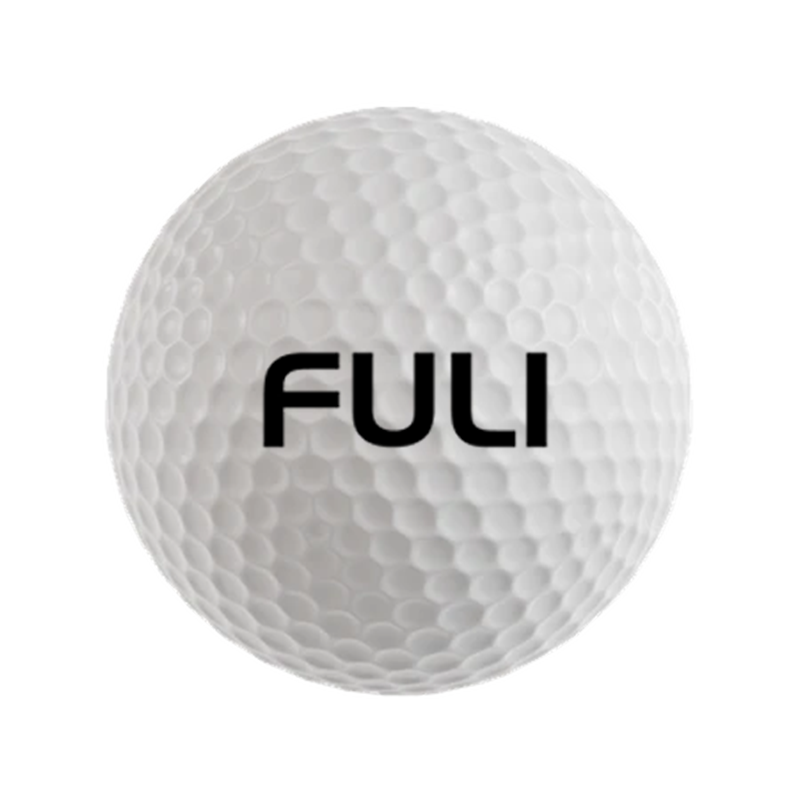
Are you looking for
GOLF BALL?
Offers Suitable Golf For Wholesalers And Professionals

